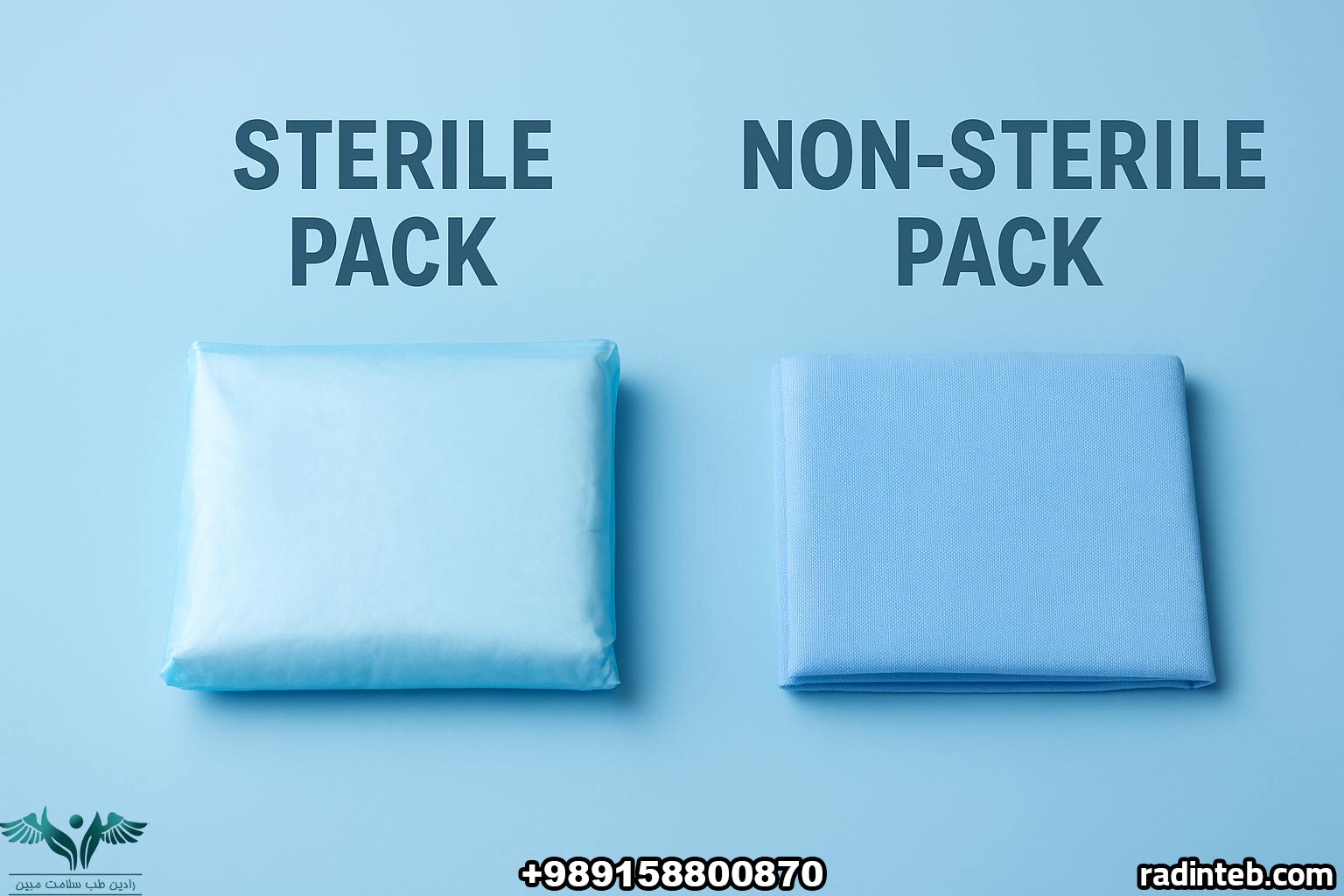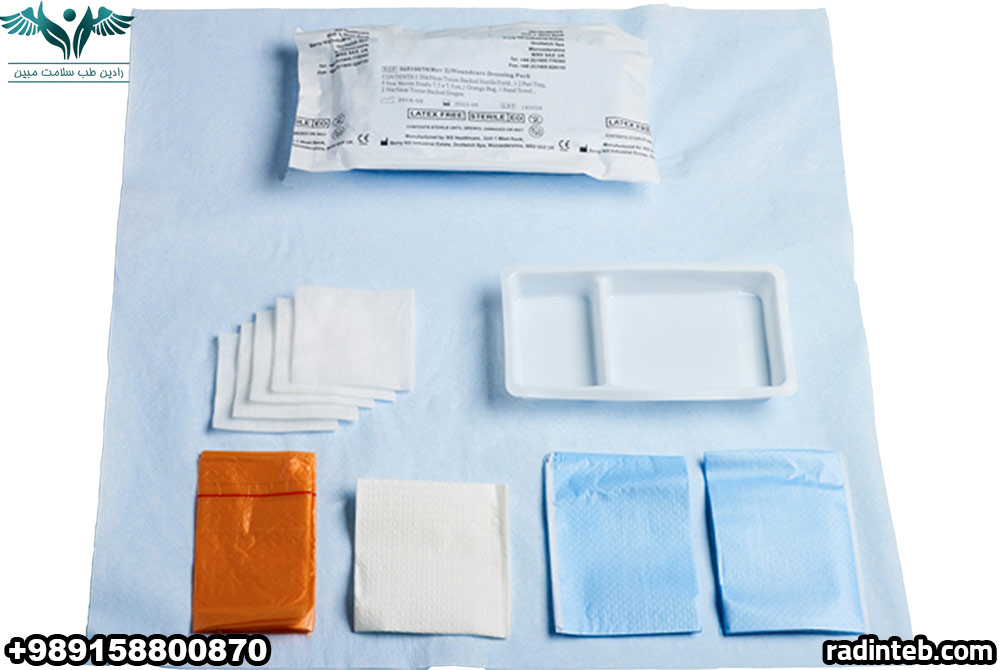
Sterile vs. Non-Sterile Surgical Packs: Key Differences, Uses, and Essential Tipse.
Introduction
In modern healthcare, the choice between a sterile and non-sterile surgical packs, plays a vital role in patient safety and operational efficiency. Although both are widely used in hospitals, clinics, and surgical centers, each serves a different purpose. Therefore, understanding their differences helps medical staff, procurement teams, and even patients make better decisions.
What Is a Sterile Surgical Pack?
A sterile surgical pack is a pre-assembled set of medical instruments, drapes, gowns, and accessories that have been sterilized under strict standards. Sterility eliminates harmful microorganisms, ensuring a safe environment for invasive procedures.
Key Characteristics of Sterile Surgical Packs:
- Sterilized Packaging: Completely sealed to maintain sterility.
- Ready-to-Use: Saves preparation time in the operating room.
- Complies with International Standards: Ensures safety in surgeries and critical care.
👉 For example, during open-heart surgery, using a sterile pack is absolutely mandatory to prevent infections.
What Is a Non-Sterile Surgical Pack?
Unlike sterile packs, non-sterile surgical packs are not sterilized. Instead, they contain medical consumables and tools intended for non-invasive procedures or general patient care.
Key Characteristics of Non-Sterile Surgical Packs:
- Not Sterilized: Must not be used in invasive surgeries.
- Cost-Effective: Usually less expensive compared to sterile packs.
- Ideal for General Care: Useful for dressing wounds, outpatient care, or basic medical exams.
👉 For instance, in daily nursing care, a non-sterile pack may be sufficient and more economical.
Sterile vs. Non-Sterile Surgical Packs: A Detailed Comparison
| Feature | Sterile Surgical Pack | Non-Sterile Surgical Pack |
|---|---|---|
| Sterilization | Yes ✅ | No ❌ |
| Intended Use | Invasive procedures, surgeries | Non-invasive care, general use |
| Packaging | Sealed, sterile barrier | Standard, non-sterile packaging |
| Cost | Higher 💰 | Lower 💲 |
| Risk of Infection | Extremely low | Higher if used in surgeries |
When Should You Use Each Type?
- Use Sterile Surgical Packs When:
- Performing invasive surgery.
- Preventing infections is the top priority.
- Working in an operating room or sterile environment.
- Use Non-Sterile Surgical Packs When:
- Providing routine care, such as dressing wounds.
- Conducting outpatient procedures that don’t break the skin.
- Budget constraints require a cost-effective option.

Essential Tips for Choosing the Right Surgical Pack
- Assess the Procedure Type – If it involves surgery, always choose sterile packs.
- Check Quality Certifications – Look for ISO and CE certifications.
- Balance Cost and Safety – While non-sterile packs save money, never compromise patient safety.
- Consult Medical Guidelines – Follow institutional or WHO recommendations.
Why Choose Radin Teb Surgical Packs?
At Radin Teb, we specialize in providing high-quality sterile and non-sterile surgical packs tailored to the needs of hospitals, clinics, and surgical centers. Our products ensure:
- International safety standards.
- Reliable packaging.
- Cost-effective solutions without compromising quality.
👉 Contact Radin Teb today and order the right surgical pack for your healthcare facility.
Frequently Asked Questions (FAQ)
1. Can a non-sterile surgical pack be used for surgery?
No. Non-sterile packs are not suitable for invasive surgeries because they increase the risk of infection.
2. Are sterile packs reusable?
Generally, sterile packs are designed for single use to maintain safety and hygiene.
3. Which one is more cost-effective?
Non-sterile packs are cheaper, but sterile packs are essential for surgeries and critical procedures.
4. How can I ensure the sterility of a pack?
Always check the manufacturer’s seal, expiration date, and certifications.

